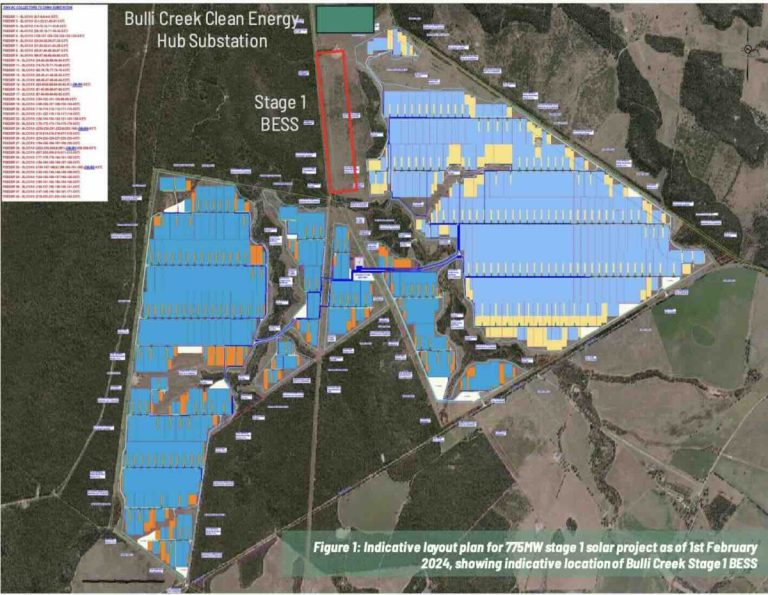Nelson Review: Schedule Home Batteries for Grid Stability
The Nelson review into Australia’s National Electricity Market has emphasised the necessity for better scheduling of millions of household batteries expected to be installed in the coming years, to ensure the stability of the main grid.
The review’s key recommendations focus on establishing price signals for large-scale wind, solar, and storage solutions, proposing a series of reverse tenders for bulk energy, shape, and firming services, while dismissing the idea of a capacity market.
Consumer Energy Resources Take Centre Stage
With projections indicating that around half of the electricity supply will be generated by consumers in the coming decades, consumer energy resources are a significant focus of the review. In South Australia, for instance, rooftop solar has already been able to generate enough electricity to meet the state’s demand at times.
However, effectively harnessing these resources poses a challenge for the market operator, as many of these systems are currently “invisible” and not controllable by those responsible for maintaining grid stability.
Challenges of Variable Renewable Energy
The report notes that variable renewable energy (VRE) generators, which include wind and solar, are crucial for decarbonising Australia’s electricity supply. While these generators do not emit greenhouse gases, their reliance on weather conditions introduces significant variability in supply, both daily and seasonally.
This increasing dependence on weather-dependent resources raises the risk of energy constraints in the market, leading to less scheduling and dispatchability. The review highlights that the market is also evolving due to the growing participation of distributed energy resources (DER), with millions of new, small-scale, price-responsive generators, such as batteries, expected to enter the market.
Need for Reform and Visibility
The report warns that without reforms to enhance the scheduling and visibility of these resources, the market may struggle to function efficiently, potentially leading to excessive investment. A study commissioned by the Australian Energy Market Operator (AEMO) estimated that the lack of visibility over home solar and battery systems could result in an unnecessary expenditure of between $1.4 billion and $1.8 billion on large-scale energy sources.
As the review states, distributed consumer-owned resources like home solar and battery systems are set to contribute an increasing share of capacity. If virtual power plants (VPPs) do not engage in the market, AEMO’s demand forecasts could become less reliable, undermining market efficiency and jeopardising grid stability. The absence of visibility for these resources poses a significant risk of overbuilding large-scale energy sources.
Rapid Growth of Distributed Energy Resources
The swift adoption of distributed energy resources has led to rooftop solar achieving the highest registered capacity in the National Electricity Market (NEM). Over the past five years, consumers have installed distributed solar at approximately double the rate of utility-scale solar. AEMO anticipates that the overall capacity of distributed solar will double over the next decade, increasing from over 25 GW to 50 GW. Meanwhile, sales of distributed storage solutions, including home batteries and vehicle-to-grid electric vehicles, are projected to rise from 1 GW to 7 GW by 2029–30, and further to 34 GW by 2049.
However, the report highlights that this growth presents challenges, particularly in forecasting battery usage. Batteries can be optimised for various purposes, including energy arbitrage, energy storage systems, demand shifting, or self-consumption, and can also participate in aggregated VPPs. Yet, VPPs often remain invisible to AEMO and the broader market.
Integration and Participation Challenges
The review indicates that changing dynamics in the wholesale market will enhance the value and significance of distributed energy resources in mitigating peak demand and potentially supporting minimum system load. Nevertheless, progress in integrating these resources into mechanisms like demand response has been limited.
The report suggests that financial and regulatory incentives may not be sufficient to encourage broader participation. If these barriers are not addressed, potential demand response resources will remain hidden from AEMO and other market participants, preventing the realisation of benefits for grid stability and cost reduction.
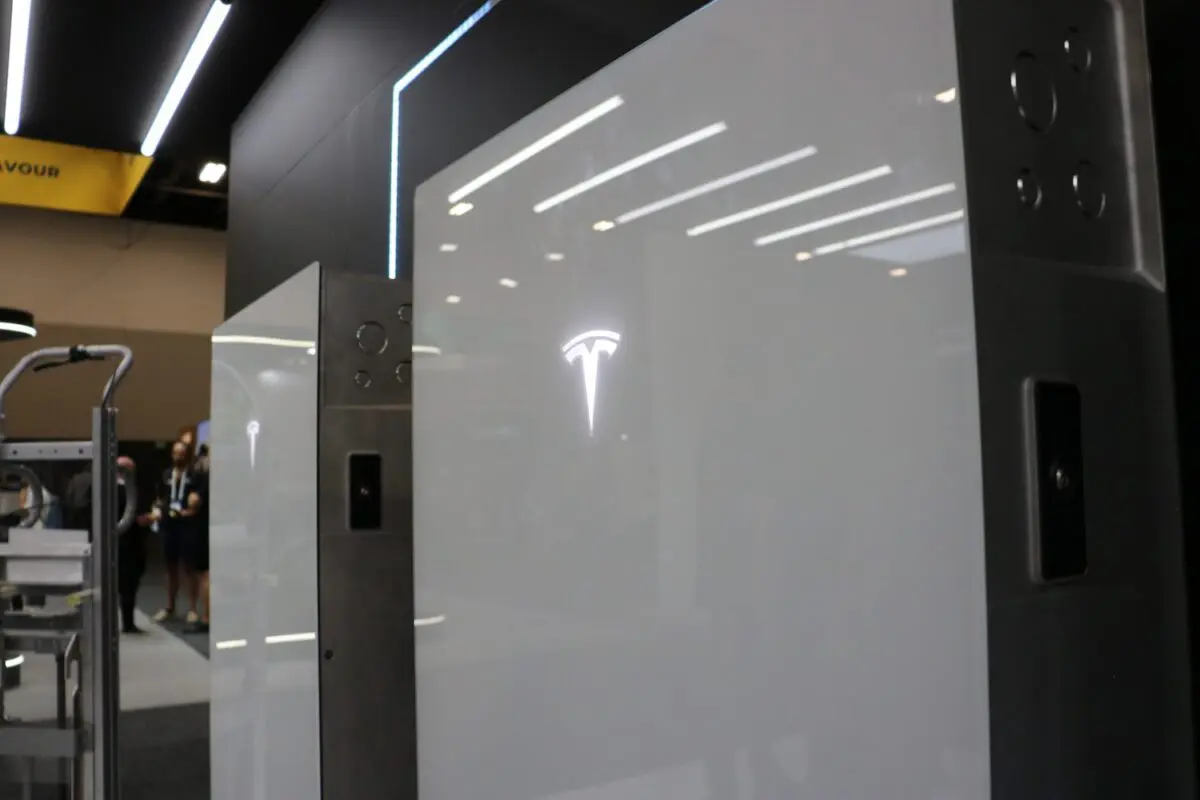
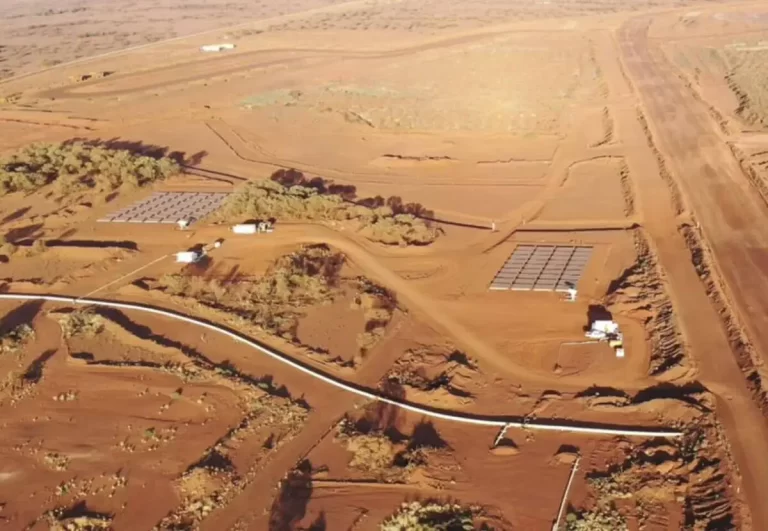
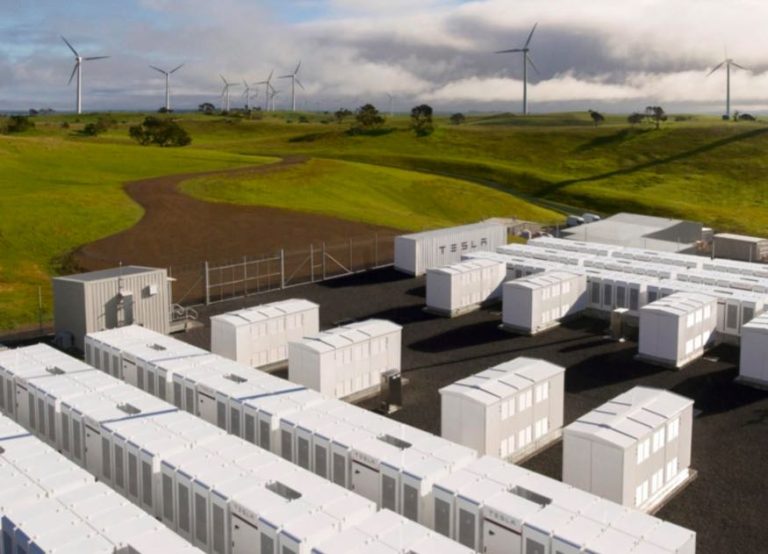
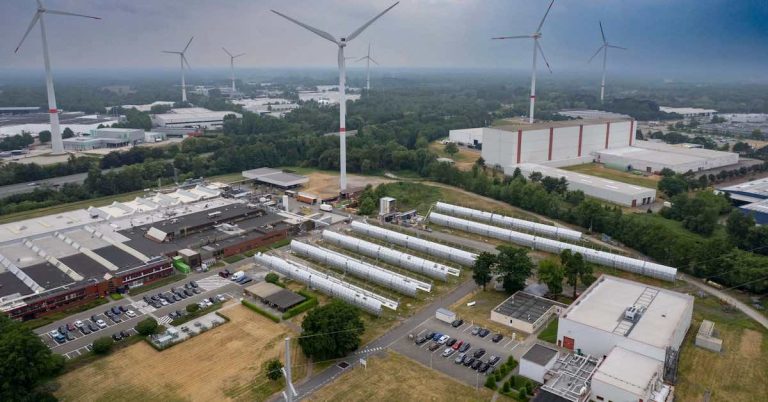

3-768x512.jpg)
